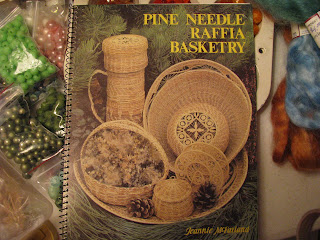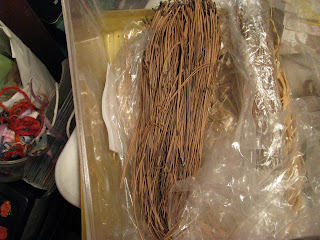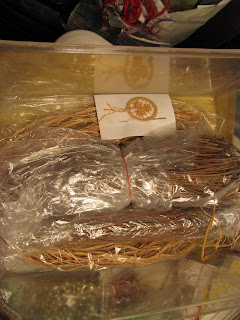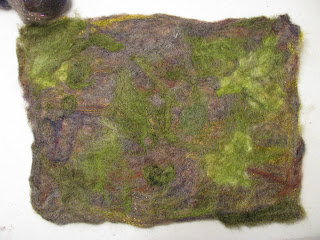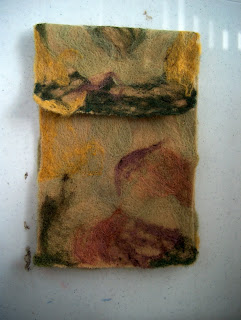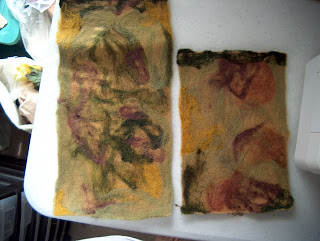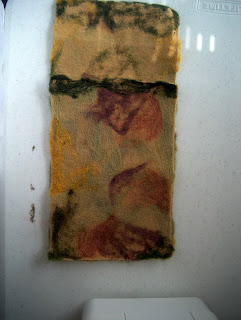Supplies for stitching rusted fabrics with left to right: Mistyfuse TM fusible interfacing, sewing machine needles with large eyes, rusted fabrics, heavy cotton threads, pearl cotton, hand sewing needles with large eye, nymo thread. Other items needed are scissors, iron, ironing board, teflon pressing sheet, pins.
Hole that where the rust went completely through the fabric.
Nymo beading thread, fireline may also be used, basically any beading thread that is designed to be used with sharp and/or metal beads will work well with rusted fabrics.
Crewel or tapestry needle with large eye.
Pearl Cotton for those areas that your machine needle, and threads, absolutely refuses to play nice with, sometimes you just have to think outside of the box!
I prefer Schmetz needles, I typcially use the largest leather needles I can find for my machine.
Aurifil 12 wt cotton thread, hasn't failed me yet but then again neither has the 50 wt cotton thread! For those super rusted sections I simply used other threads to sew the area with and work more with embellishments.























